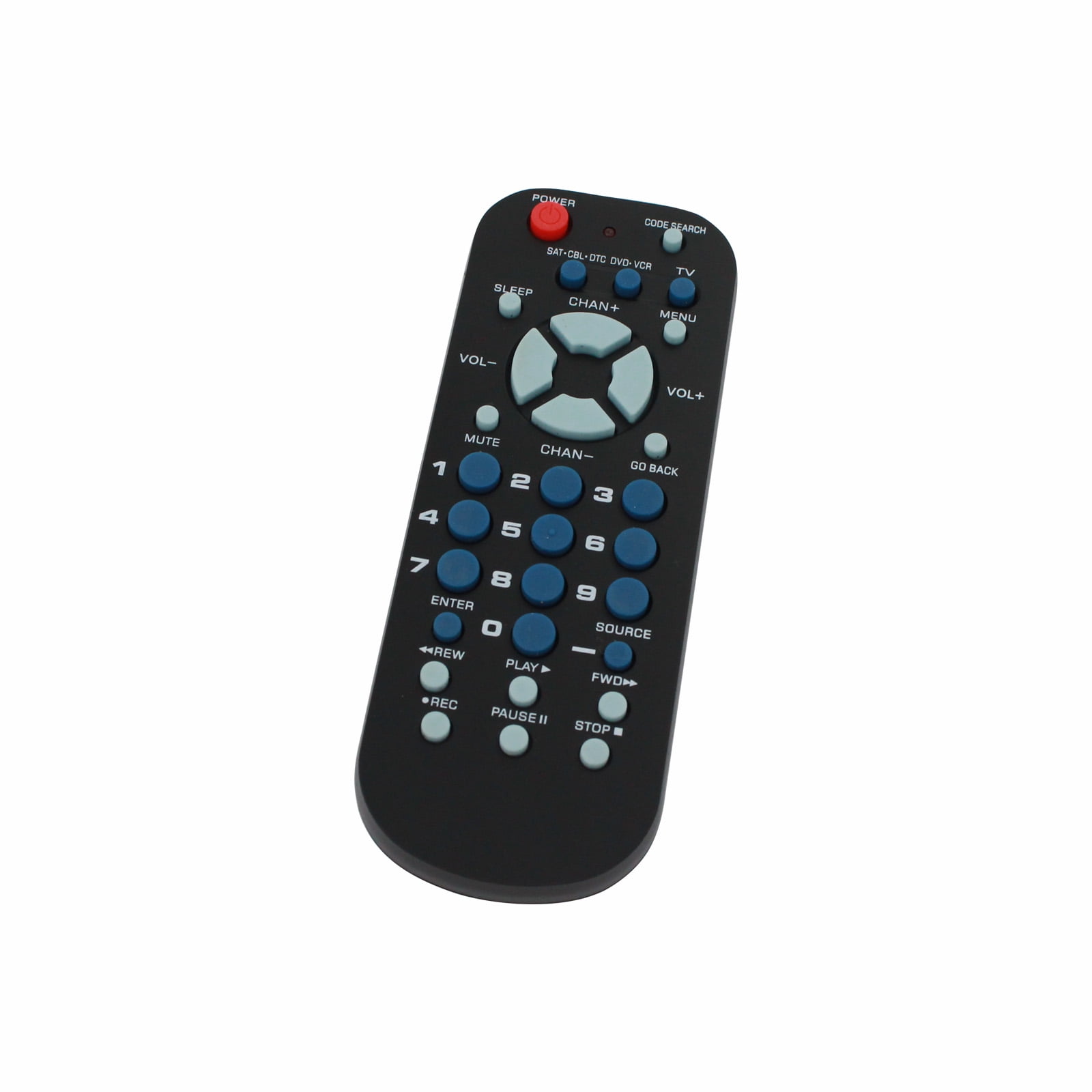

Important Handling and Installation Instructions: Please ensure each step of the installation and activation has been completed. If your TV screen is blank or you have no sound, you may have not completed all of the installation and activation steps. Follow step 4: Programming Your TV-Code-Entry Programming. If the Point and Press® Programming method does not work, please refer to the Programming And Operating Instructions code book provided in the installation kit you have received. Once you have found a code that turns the device on/off, press OK to lock in this code. Each time you press the CH DOWN button, the LED will blink. If the TV does not turn back on, press CH DOWN one step at a time until that device turns back on.If the TV turns back on, press OK on the remote to lock in this code.As soon as one device turns off, release the CH UP button. While you are pressing the CH UP button, the LED will blink. Press and hold the CH UP button until one device turns off.On your remote, press OK and then MUTE button together until the LED illuminates.Turn on the TV by pressing the POWER button on your television set.Before you can use your remote control, it must be programmed (set-up) to operate your TV. DTA100 – Motorola Digital Transport Adapter.

There are a couple of different ways to disable SAP mode depending on what kind of remote you have.Your remote control is simple to program, easy-to-use, and can operate two (2) electronic devices, which include: Learn how to disable SAP (Secondary Audio Programming)

If your remote does not have a button labeled MTS, SAP, or Audio Select:.If your remote has a button that says MTS, SAP, or Audio select, press this button until the option Main or Stereo is displayed.Depending on your remote, there are a couple of different ways you can enable SAP: Here’s how to enable SAP using your remote. Learn how to enable SAP (Secondary Audio Programming) If you are unsure about which programs are supported in SAP mode, please contact us. To use Descriptive Video Services (DVS).To listen to a program in another language.Here’s when you might want to use SAP mode: SAP allows a TV station to broadcast audio that is different from the audio that normally accompanies the program being viewed.

SAP stands for Secondary Audio Programming. Learn what SAP is, and when you may want to use it. Return to support Regular TV | SAP: Secondary Audio Programming


 0 kommentar(er)
0 kommentar(er)
